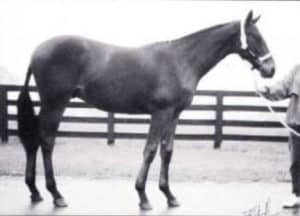
Inspection Marks – What do they mean?
by Lars Gehrmann(Translated from Trakehner Hefte 4/97 as it appeared in the 1997 Fall issue of The American Trakehner) We all know that stallions and mares are given marks when

by Lars Gehrmann(Translated from Trakehner Hefte 4/97 as it appeared in the 1997 Fall issue of The American Trakehner) We all know that stallions and mares are given marks when
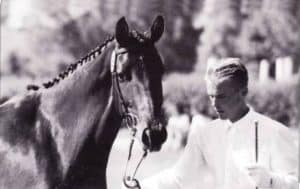
by Erin Brinkman & Reiner Seemann(from the Summer 1997 issue of The American Trakehner) Excellent in-hand presentation requires many months of preparation and analysis of the horse’s body type and
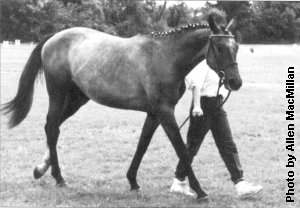
by Kim MacMillan(from the 1993 Fall issue of The American Trakehner) Over the past four years as we waited for our young Trakehners to grow up enough to be put
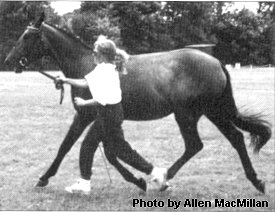
by Heather Whinery – Zaccagnini(from the 1993 Fall issue of The American Trakehner) Whether you plan to show in hand, compete under saddle or simply work with horses on a
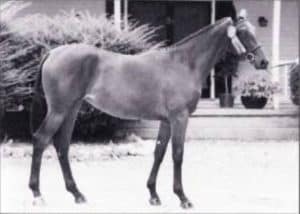
by Ferne Johnson(from the 1993 Fall issue of The American Trakehner) Your preparation should start with the young foal. Handle it daily and check its feet to see how it
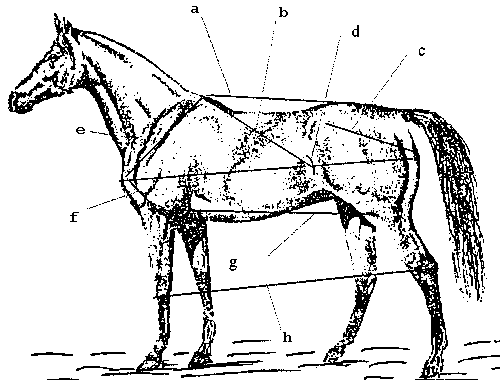
a – the back (withers to peak of croup)
b – the body (point of shoulder to point of buttock)
c – the pelvis (point of hip to point of buttock)
d – the rib length (withers to last rib)
e – the shoulder (withers to point of shoulder)
f – the arm (point of shoulder to point of elbow)
g – the elbow to the stifle
h – the knee to the hock